(Photo Courtesy of Flickr)
A few months back, I received a complimentary copy of the book, The Full Plate Diet. The main premise of the book is that by adding more fiber to your meals you will essentially lose weight (because you will feel fuller, eat fewer calories, etc.). Since I received the book, I’ve been reading it intermittently. Although I do not believe that just eating more fiber can help you lose weight – and keep it off – I think that how much fiber we eat does impact how much we eat and, therefore, how many calories we take in.
In the past few days, I have been trying to add more fiber to my daily meals. On average, I was eating about 15 g of fiber a day, which is actually below average – most Americans eat around 20 g. The authors of The Full Plate Diet stress that our bodies need 40 g of fiber each day to lose and maintain a healthy weight. Wow, that meant that I had to add 25 g of fiber to my daily meals! I was convinced that I would have to eat prunes, sticks, and rocks in order to get that much more. That is, until I read more of the book. The Full Plate Diet gave me a great overview of foods and their fiber content, which was extremely helpful. I mean – who knew that raspberries have one of the highest fiber contents of all fruits?
So, yesterday was the big day. I attempted to reach 40 g of fiber without eating tree bark and without turning into a bloated monster….let’s see how I did:
Jen’s Fiber Intake for Monday
Breakfast
- 1 cup Kashi Go Lean cereal – 8g
- 1 cup raspberries – 8 g
- 2/3 pear – 4 g
Lunch
- 3 cups mixed spinach and romaine – 6 g
- 1/2 cup tomatoes – 1 g
- 1 cup strawberries – 3 g
Dinner
- 3 cups mixed spinach and romaine – 6 g
- 1/2 cup tomatoes – 1 g
Dessert
- 1/2 cup strawberries – 1.5 g
Total – 38.5 g of fiber
Just to clarify, this was not ALL the food I ate yesterday, just the food that had a significant amount of fiber. Because I ate other things during the meal, like couscous, I’m sure I surpassed the 40 g mark. Not too bad! But, I have to admit, getting this much fiber in my diet was a real challenge. I don’t normally eat a cup of raspberries at one sitting, nor do I eat two spinach salads in one day. I really think that a good way to jump start your fiber-filled day is with your breakfast. Just by eating the high fiber cereal and the raspberries, I was able to knock of 16 g of fiber – that was more than I would normally eat in a whole day. But, if it weren’t for Kashi and the fruit, I’m fairly certain my fiber intake would have been much lower for the day.
So how did I feel? Well, not too much differently than I normally feel. Although I did feel a more full throughout the day and I felt like I had more energy. I also did not crave food at my normal “snack times”, which I’m totally happy with.
If you’re curious about how much fiber you’re eating throughout the day, go to The Full Plate Diet online. The site has a great tool where you can select the food you’ve eaten at each meal and it will calculate the fiber intake – so easy and kind of fun in a weird “I heart fiber” kind of way. And, if you need to add in more fiber to your diet – let’s face it, we all do – check out the free e-book version of The Full Plate Diet. The books gives the top fruits, veggies, grains, etc that contain the most fiber and essentially give you the most bang for your calorie/fiber buck.
So, before your next meal, ask yourself – Got Fiber?
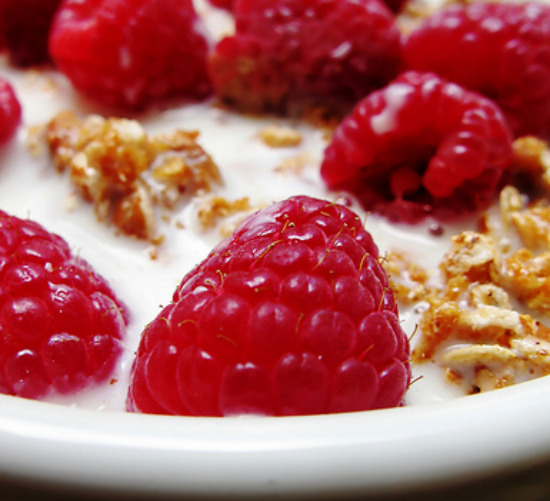
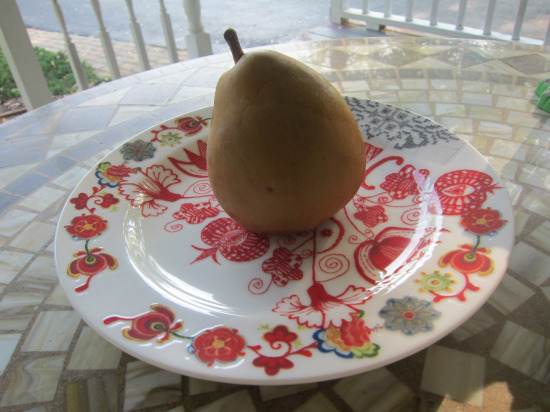
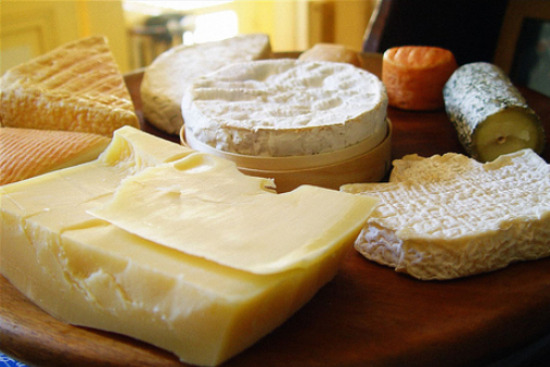
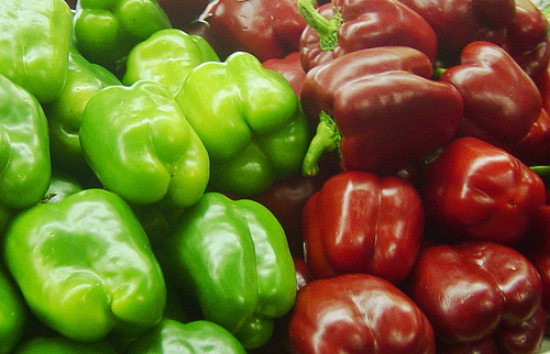
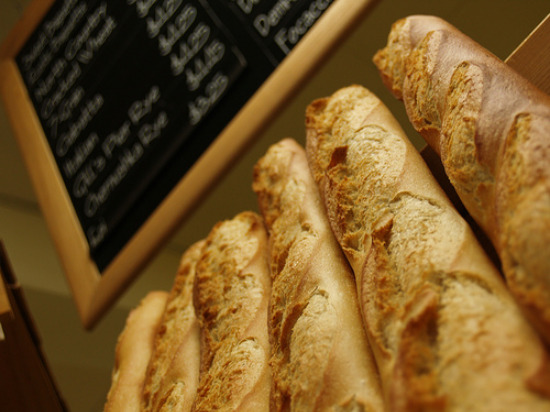
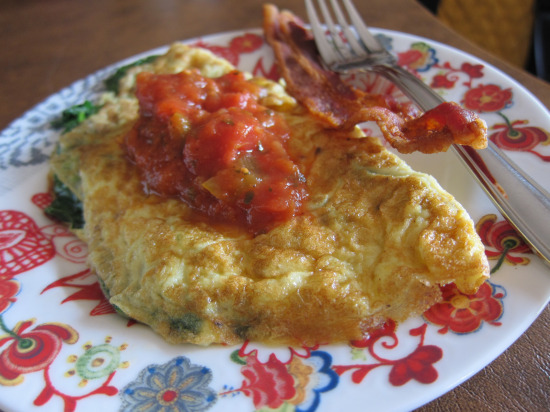
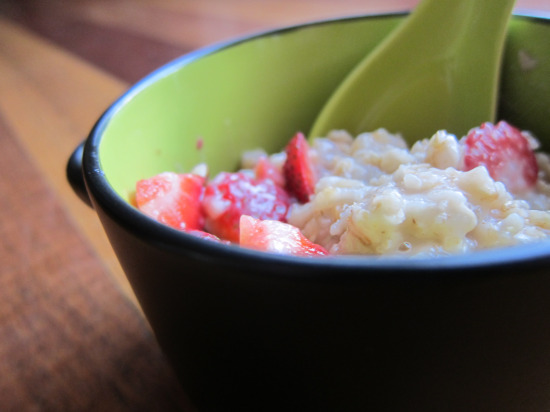
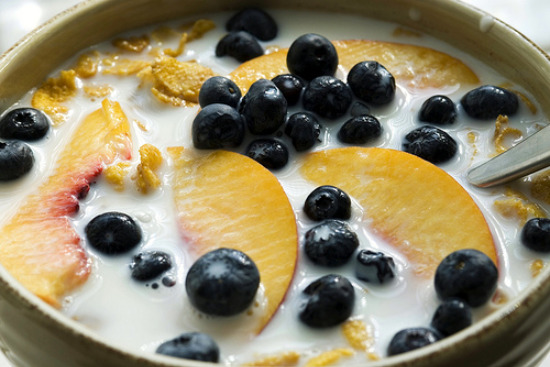

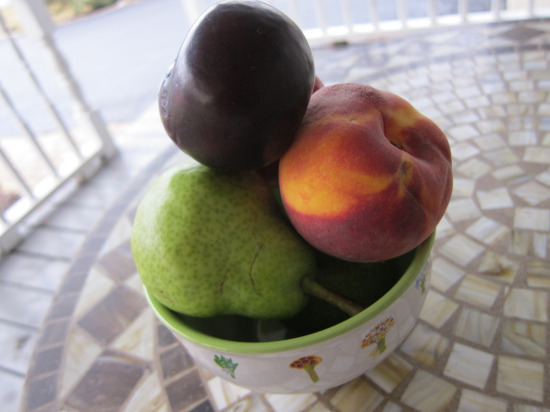
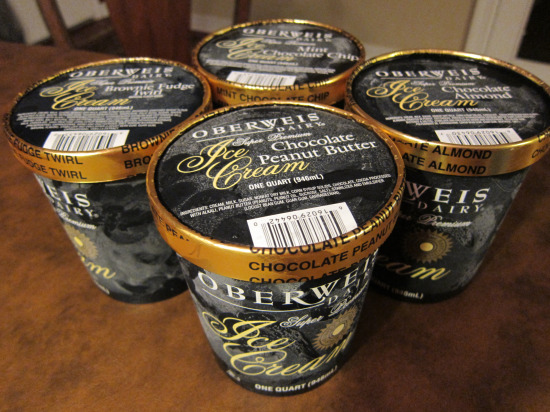

Most Recent Comments